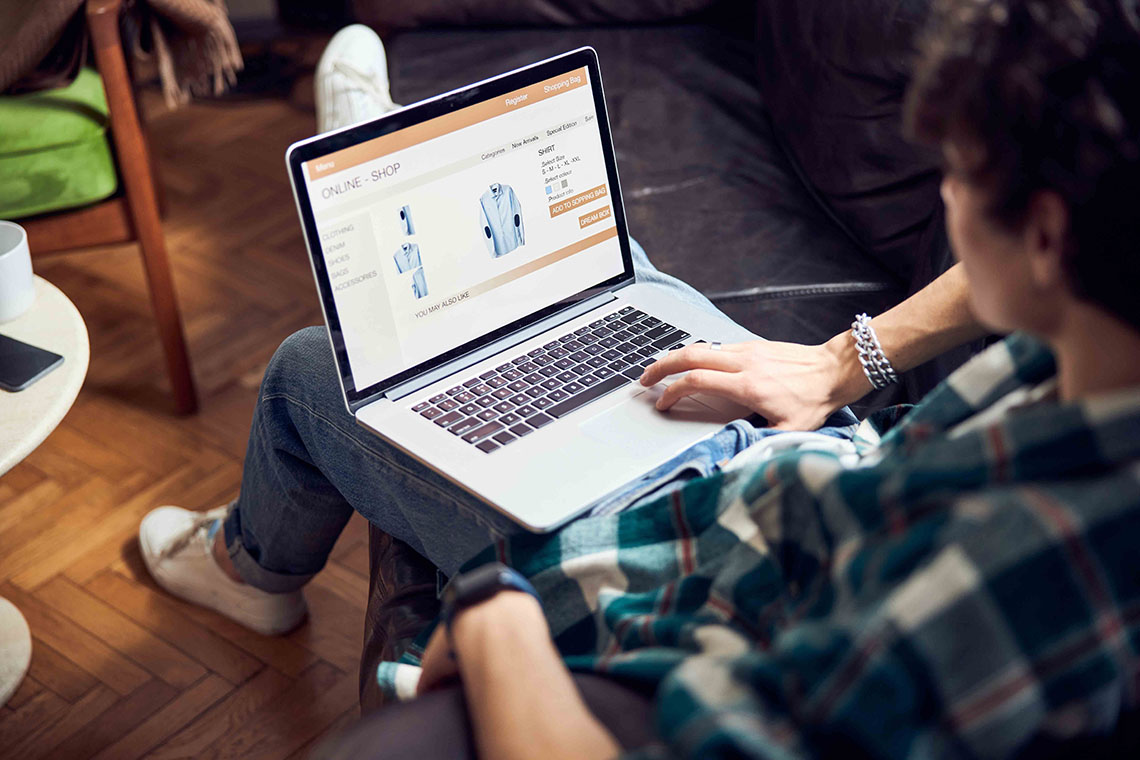It might come as a surprise to you but according to Learn.G2 a staggering 95% of newly launched products are doomed to fail, with lack of preparation being the number one reason for the failure. This is why in this article, we have collated everything you need to know about the new product development process, including a step-by-step guide with the different stages of product development.
You’ll also find the top tips to hit the ground running in navigating the product lifecycle from conception to post-launch testing. But before moving into the different stages of the new product development process, let’s pin down a definition for it.
What is the new product development process?
The development process of a new product is essentially a set of steps that a product team should follow in order to launch a new product or service. This is a structured approach to product development that can guarantee the viability, feasibility, and desirability of a product or service.
It consists of multiple stages from the conception of the idea up to post-launch testing to ensure that the product is performing up to standards, post-launch.
How many steps are in the new product development process?
The product-to-market process consists of seven stages that can provide you with a clear roadmap from concept inception to market-ready products that are not only viable but also feasible and desirable.
7 Stages of the new product development process

1. Generating ideas
The first stage of the new product development is the generation of ideas. This first stage of the product lifecycle is all about brainstorming ideas and gathering as well as analyzing market research data to come up with a pool of innovative ideas for product concepts.
There are different channels that you can capitalize on at this stage. For instance, departments like R&D, marketing teams, and UX can be a great source of new product ideas. Start the idea-generation process by organizing brainstorming activities and workshops that can get the creative juices flowing.
Another great source of inspiration can be your external stakeholders, such as customers and partners, but also your competitors as those can offer perspectives that might not be apparent from the inside.
Finally, don’t forget to cross-check the ideas with market trends and business analysis. For example, by conducting a quick SWOT analysis you can grasp a general understanding of the opportunities and gaps in the current market.
2. Product research
Once you have narrowed your potential ideas down to a workable list, it is time to conduct your product research. Product research involves an in-depth understanding of your market, target users, and the competitive space in which you will be operating.
There are a host of product research methods that you can deploy at this stage such as surveys, in-depth user interviews, as well as contextual inquiry to drill down into the customer behavior. By conducting rigorous and effective product research you can see which of your ideas are feasible in the current climate.
3. Concept development & concept testing
When your product research is completed and you are happy with the results, it is time to move to the next stage of the new development process. This stage is the concept development and testing stage, which revolves around fine-tuning your idea into a detailed concept.
The concept typically takes the form of a low-fidelity prototype which can be tested with a sample of your target audience. Concept testing can help you gauge initial reactions and understand whether your idea meets the needs and expectations of your intended audience. To ensure the right team is in place for this stage, workforce planning software can help optimize resource allocation and manage team capabilities effectively.
Make sure to use both qualitative and quantitative methods to get a rounded understanding of the user perspective. Don’t forget to use the feedback to further refine your concept before moving to product development.
4. Product development
Next up is the product development stage. This is the stage where the magic happens. After the concept trialing it is time to start designing and developing your product!
Product development is a highly complex process so begin by creating a detailed UX roadmap of the product journey ensuring that everything is taken into consideration. Once the roadmap is ready engage in designing, prototyping, testing, and building in an iterative process until you are happy with the final product.
💡To learn more about creating a UX roadmap, check out the video below.
During this stage, the collaboration of cross-functional teams is the secret sauce to successful product development cycle.
5. Pre-launch product testing
The next stage of the new product development process is the pre-launch product testing. Before launching your product to your users, it is quintessential to conduct a comprehensive pre-launch test to make sure that the product is up to the quality standards and that it is fully functioning.
Pre-launch product testing can take the form of usability testing, card sorting, live interviews, or functional testing. Pre-launch product testing is an excellent opportunity to catch any last-minute bugs or usability issues that can have a major impact on the early adoption of your product or service.
On top of that, it is a great opportunity to gather any last-minute feedback and make any final adjustments before the launch.
See these research methods in action in these quick demos:
6. Commercialization
Now that your product has been developed and thoroughly tested you are ready to move to the next stage of the new product development process, the commercialization. Commercialization put simply, is the stage where the product is launched to the market.
This stage revolves around not only launching the product but also engaging in branding and marketing activities to create awareness around the product and distributing the product to customers. Effective commercialization is all about clear brand positioning, an effective marketing strategy, and robust go-to-market omnichannel strategies to reach your audience.
7. Post-launch product testing
Contrary to popular belief, the commercialization of a product is not the last stage of the new product development. With product development being an iterative process, its last stage could be only post-launch testing!
Post-launch product testing involves continuous evaluation of the product’s performance and technical feasibility. This stage is all about gathering feedback and tracking conversion rates and sales to ensure that the product performs well and can adapt to the ever-changing customer needs.
Best Practices for a Successful New Product Development Process

Here are some of our top tips for a successful new product development process:
Conduct research
Following your guts for the development of a new product might seem like a good idea but take it from us and conduct your research first! Business ideas and products do not live in isolation so make sure to conduct rigorous market research before committing to the development of a new product.
The research will help you understand whether the product is in line with the market trends and the preferences of your target market and any socio-technological advancements, which are great indicators for the viability, feasibility, and desirability of a product.
Be innovative
Innovation doesn’t just happen. Always encourage playfulness and creativity within your team and have your ears open for feedback and innovative ideas.
A good way to foster innovation in your current company is to organize regular brainstorming workshops where cross-functional departments can collaborate and exchange ideas. Make sure to keep a list of the good ideas that come up and use them as fuel for the brainstorming product ideas stage of the new product development.
Test, test, and test
Make sure that your target market is part of your new product development process from the very early stages and throughout the process. Continuously test and fine-tune your product every step of the way based on the feedback of your target audience and insights gained from your customers.
One of our greatest tips? Develop your own pool of testers by providing incentives and offers to already-existing customers and keep an ongoing dialogue with your most loyal users.
Be agile
It is easy to fall into the loop of being rigid but make sure you stay agile throughout your new product discovery process. An agile approach to product development can make it easier for you to adjust and flourish on the bumpy road to your product success.
Always break down your product roadmap into manageable tasks and continuously review it to ensure you are on track!
Tools for New Product Development Process
If you are looking for tools to support you in the new product development process, here are our top recommendations:
UXtweak

UXtweak is an all-in-one research platform that will perfectly integrate into your new product development process. Whether you need to conduct market or user research, concept testing, or pre- and post-launch product testing – we’ve got you covered.
With UXtweak you can conduct user interviews, run surveys and usability tests, test your prototypes and get that much-needed user feedback in the matter of several hours. You can get your oun users to test, or recruit targeted participants from our User Panel. Everything you need in just one simple platform, research has never been that flexible and easy!
Don’t believe us? Try it yourself! 🐝
Figma

Figma is a must-have when it comes to product design. This is an intuitive yet powerful product design platform ideal for designing and prototyping. This is an essential tool for creating design concepts that foster collaboration between cross-functional teams helping you in the design, testing but also in the development of the product.
Monday.com

The new product development process is a complex project and complex projects require a robust project management tool. Monday.com is your go-to project management tool as it will massively help your product managers stay on top of any deadlines within your product roadmap.
With an intuitive interface and a minimal learning curve, this tool can help you and your team hit the ground running making coordinating your NDP super fun and easy.
Businessmap

A successful new product development process is all about creating and effectively managing the roadmap of your product while coordinating other business processes.
While a project management tool will help you with the first, Businessmap can be your go-to strategic planning tool that will help your product managers ensure that your product strategy aligns with your business goals through powerful visualization of all your workflows.
Favro

Last but not least, Favro is another great collaboration and planning tool that is worth incorporating! This flexible tool can massively help you and your teams to stay connected and aligned smoothing out the bumpy road of new product development.
The gist of it
Apart from a stellar idea, successful new product development requires meticulous planning. By following the seven stages of the new product development process you can significantly reduce the risk of your product failing.
Make sure to stay agile, involve your potential customers every step of the way, and incorporate customer feedback to ensure that your product is not only viable but also desirable.
Last but not least, don’t forget to equip your team with the right tools and software to execute the NPD without a hitch!








